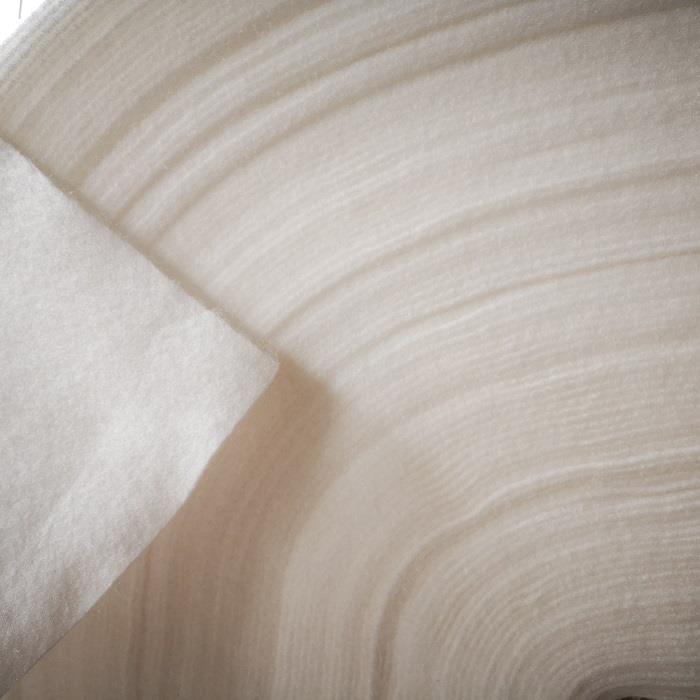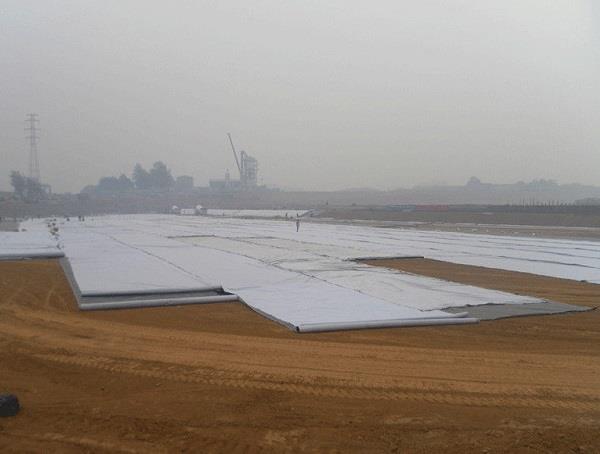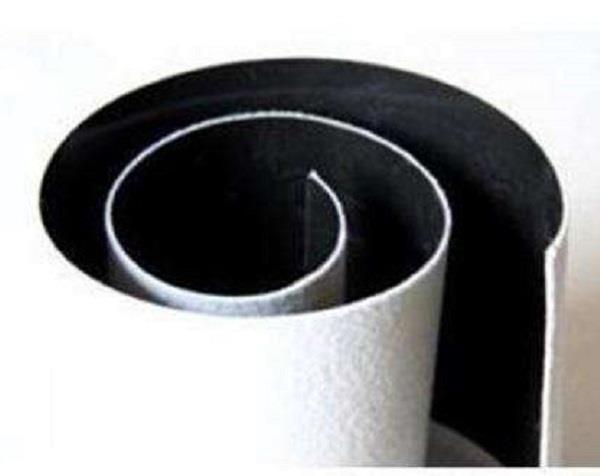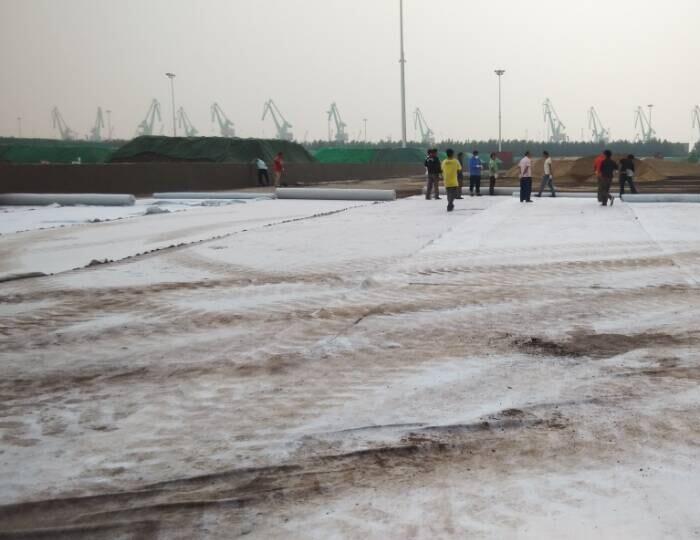Composite geomembranes are an essential component in various civil engineering and environmental protection projects. They are widely used in applications such as landfill liners, mining heap leach pads, and water containment systems. The combination of geotextile and geomembrane materials results in a product that offers enhanced performance and durability compared to traditional geomembranes.
So, what exactly is a composite geomembrane? A composite geomembrane is a product that consists of at least two different types of geosynthetic materials, typically a geotextile and a geomembrane. The geotextile acts as a protective layer, providing mechanical protection to the geomembrane and enhancing its puncture and tear resistance. The geomembrane, on the other hand, serves as the primary barrier, preventing the passage of liquids and gases.

The combination of these two materials results in a composite geomembrane that exhibits the properties of both components. This means that the product not only provides excellent hydraulic performance and chemical resistance but also offers superior strength and durability. Additionally, the use of composite geomembranes can result in cost savings and reduced installation time, making them a popular choice for various engineering applications.
One of the key advantages of composite geomembranes is their enhanced puncture and tear resistance. The inclusion of a geotextile layer provides added protection against damage during installation and service life. This is particularly important in applications such as landfill liners, where the geomembrane is subjected to potential puncturing from waste materials and equipment during construction.
Furthermore, composite geomembranes offer improved interface friction characteristics. The geotextile component can enhance the interface friction between the geomembrane and the underlying soil or other materials, providing stability and preventing slippage. This is crucial in applications such as slope protection and containment systems, where the integrity of the liner system is paramount.
In addition to their mechanical properties, composite geomembranes also exhibit excellent hydraulic performance. The geomembrane component effectively prevents the passage of liquids and gases, ensuring the containment of hazardous materials and preventing environmental contamination. The use of composite geomembranes in water containment systems and mining applications has proven to be highly effective in maintaining the integrity of the containment structure.

When it comes to installation, composite geomembranes offer advantages in terms of ease and efficiency. The combined product eliminates the need for separate installation of geotextile and geomembrane layers, streamlining the construction process and reducing labor and material costs. This makes composite geomembranes a cost-effective solution for engineering projects with strict budget constraints.


In conclusion, composite geomembranes are a versatile and effective solution for a wide range of civil engineering and environmental protection applications. Their combination of geotextile and geomembrane materials results in a product that offers enhanced performance, durability, and cost-effectiveness. As the demand for reliable containment and environmental protection systems continues to grow, composite geomembranes are expected to play a crucial role in meeting these engineering challenges.
Post time: Aug-13-2024